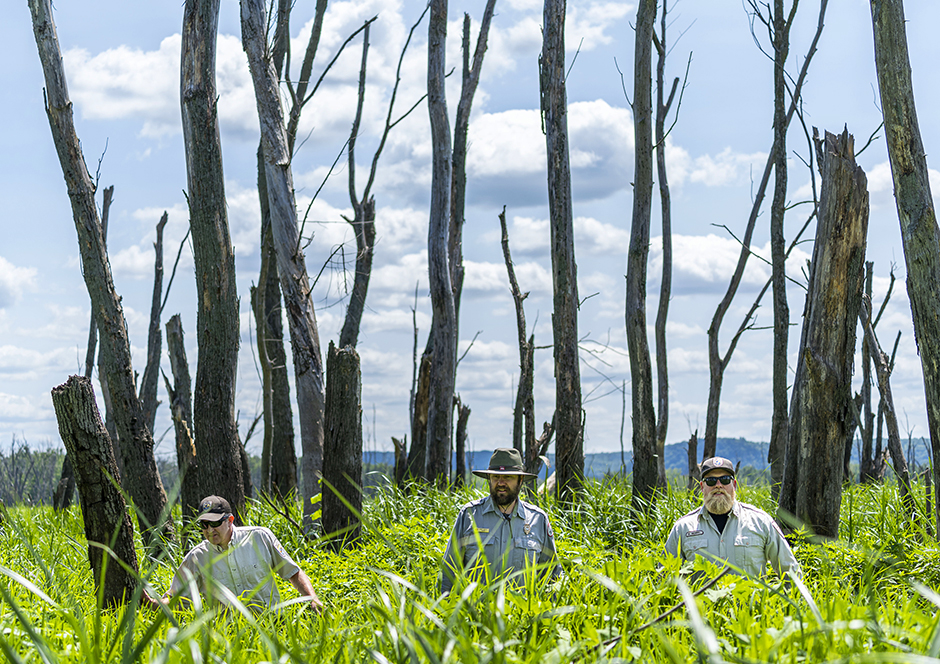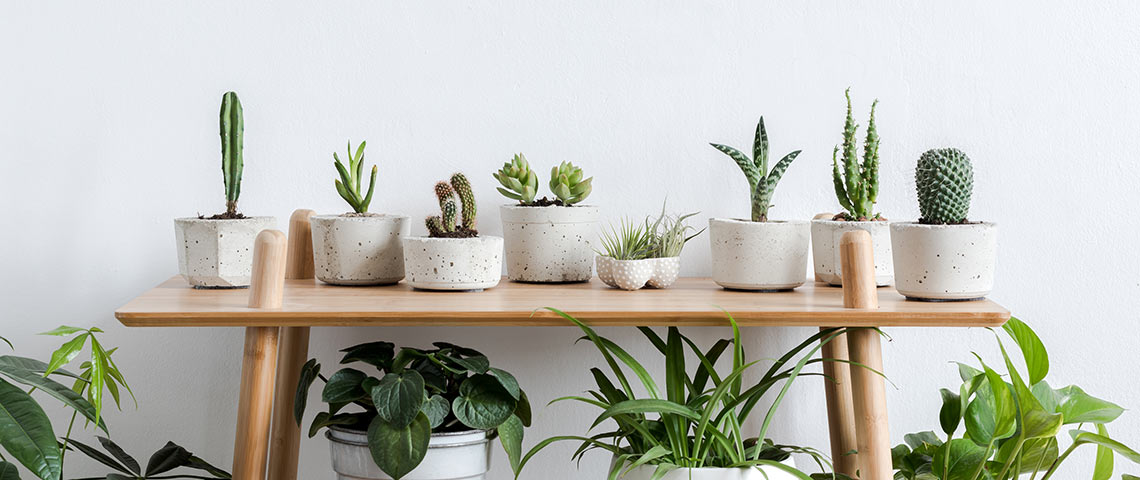Are you a homeowner looking for the best ways to keep your trees healthy and happy? If so, then you are in luck! This guide will provide essential tips on how to ensure that your trees stay strong and vibrant. From proper fertilization techniques to water management, this guide is packed with useful advice on how to keep your trees alive and thriving all year round.
So if you want to give yourself peace of mind knowing that your beloved trees are in good hands, read on!
Pruning and Trimming
Pruning and trimming are essential steps in the maintenance of trees. When done correctly, pruning and trimming can help increase the longevity of a tree by providing it with more sunlight, air circulation, and overall health.
Pruning also increases safety as it helps to keep branches from growing too close to buildings or other structures. In addition, pruning allows for better fruit production when dealing with fruiting species like apples or cherries.
Trimming should be done regularly throughout the year to remove dead wood, promote new growth, reduce disease risks, and improve the structural integrity of the tree canopy over time. It is important that both pruning and trimming are carried out by a qualified arborist who understands how trees grow so they can make an informed decision on which branches need removing or shaping to ensure the best outcome for your tree’s long-term health.
Watering and Fertilizing

Source: www.thesill.com
Watering and fertilizing are two of the most important steps to take to keep your trees healthy and happy. Proper watering is essential for young trees, as they need regular irrigation while their roots are still establishing themselves within the soil.
For mature trees, it’s best to water deeply but infrequently – once a week should be enough. As far as fertilizer goes, you should use slow-release granules with balanced NPK (nitrogen, phosphorus, and potassium) ratios for both young and mature trees. Adding mulch around the base of your tree will help retain moisture during drier months and reduce weed growth too!
Mulching and Soil Preparation
Mulching and soil preparation are two essential steps for keeping your trees healthy and happy. Mulch is a layer of material, such as wood chips or bark, that is placed around the base of a tree to conserve moisture in the soil, inhibit weed growth, improve the fertility of the soil, and protect from extreme temperature fluctuations.
Proper mulching can help reduce water loss due to evaporation from the ground surface and provide insulation against frost damage. When selecting a type of mulch for your tree it is important to consider both its aesthetic value as well as its ability to retain moisture and resist disease-causing organisms.
Soil preparation before planting a tree involves testing pH levels to ensure proper nutrient availability for optimal growth; preparing an area large enough for adequate root expansion; adding necessary amendments like fertilizer or compost if needed; mixing soil layers with organic matter such as manure or peat moss; creating mounds which allow roots space while providing more air circulation; removing rocks or other debris which could impede root development; loosening compacted soils where appropriate so that roots can penetrate through without difficulty; and ensuring good drainage throughout the entire site. By taking all these important steps before planting you will be able to set your trees up for success!
Protecting from Pests, Diseases, and Wildlife

Source: www.minnpost.com
To protect your trees from pests, diseases, and wildlife it is important to maintain a proactive approach. Start by regularly inspecting the tree for any signs of infestation or disease.
If you notice any discoloration in leaves or see insects near the trunk of the tree then take immediate action. You can use organic pesticides or insecticides to remove pests from your garden and keep them under control.
In addition to controlling pests, it is also essential to evaluate the surrounding environment and identify potential sources of infection such as nearby garbage cans, compost piles, standing water, etc. Keeping these potentially hazardous areas away from your trees will reduce their risk of infection significantly.
Another way to help protect your trees is by providing adequate shelter against wild animals like birds, squirrels, and raccoons that may be attracted to their fruits and nuts. To do so you should install fencing around vulnerable sections of the tree if possible or opt for netting solutions which are effective yet much less visible than fences.
Finally remember that while prevention is key when it comes to protecting your trees from outside threats; proper care concerning watering techniques (deep-root irrigation being ideal), pruning at regular intervals (for both aesthetics and health) as well as mulching using natural materials should never be overlooked either!
Monitoring Growth

Source: www.pennington.com
Monitoring growth is a key aspect of keeping your trees healthy and happy. Regularly checking for signs of damage or disease can help you protect the health of your trees, while also providing an opportunity to assess their overall condition.
Look out for problems such as dead branches, leaf discoloration, or sudden dieback in the tree’s canopy. If any issues are found, take immediate action to determine what caused them and address them promptly.
Additionally, look for indicators of healthy growth such as new buds forming on branches and leaves that are deepening in color from light green to dark green. When monitoring growth year-round, pay special attention during springtime when the tree is most vulnerable due to its new foliage being particularly delicate.
With regular vigilance and proactive caretaking of your tree’s environment—including ample watering and adequate sunlight exposure—you can ensure that they remain happy and well cared for!
Conclusion

Source: www.medicalnewstoday.com
Having healthy, happy trees on your property can make a big difference in the overall look and feel of your home. Keeping them in good condition is essential to maintaining their beauty for years to come, and there are several steps you can take to ensure they remain healthy and happy.
Watering regularly is important during dry spells, as well as making sure not to overwater or damage roots with weed killers or fertilizers. Pruning should be done periodically by professionals like AB Tree Pruning; this will help maintain shape while removing dead branches that could become hazardous if left unchecked. Additionally, it’s important to watch out for any diseases or pests that might threaten the health of your trees; early detection is key when it comes to managing these issues before they worsen over time.
Taking care of your trees properly is an important part of being a responsible homeowner – following these tips will help keep your outdoor space looking beautiful all year round!
